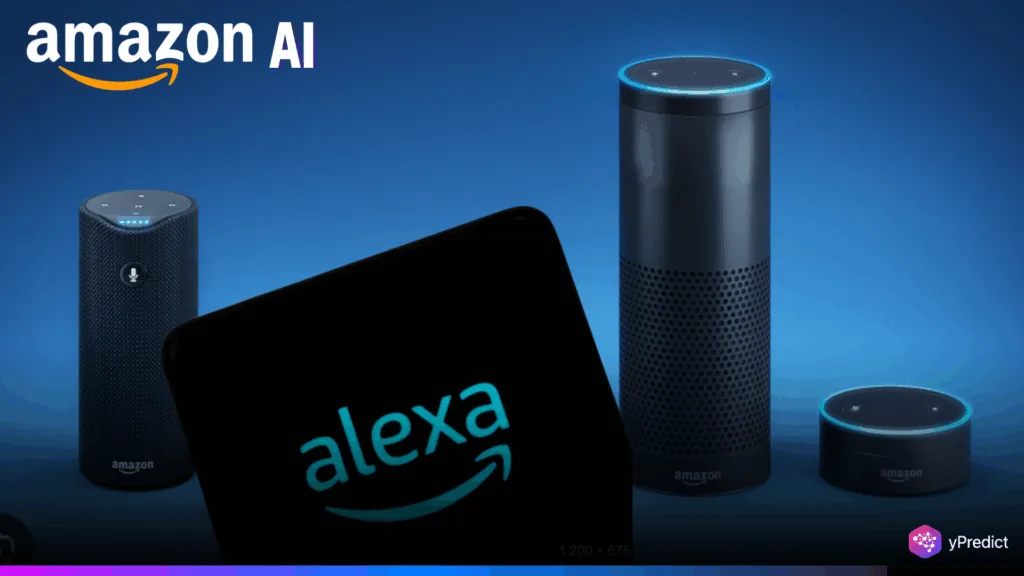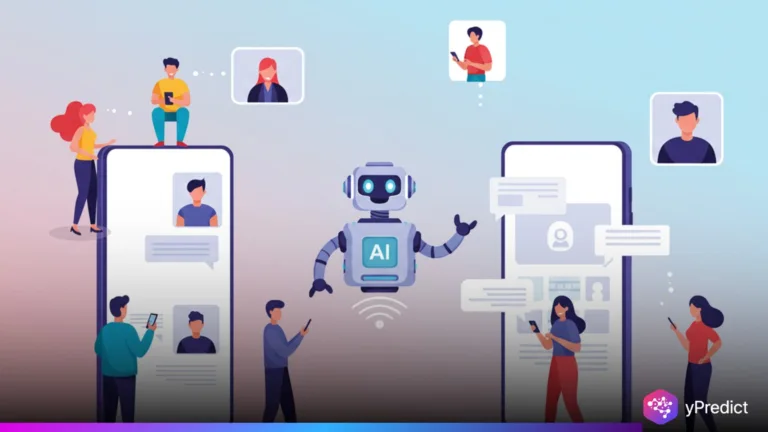
More than six weeks after Amazon unveiled Alexa+, its generative AI-powered voice assistant, the public rollout remains shrouded in mystery. Despite claims of hundreds of thousands of users, there’s little public evidence that anyone outside Amazon has real access. Analysts, journalists, and influencers, typically key to spreading product awareness, have yet to post verified experiences. The service, showcased in February with CEO Andy Jassy in attendance, was expected to compete with ChatGPT-style AI platforms. But slow performance, limited access, and minimal visibility are raising eyebrows about Amazon’s readiness and Alexa+’s role in the company’s broader AI assistant strategy.
Launch Hype, But No Users?
When Amazon introduced Alexa+ in February, the company promised smarter conversations, memory of preferences, and agent-like capabilities. But two months later, even the tech press and analysts say they haven’t seen it in action. A Reuters investigation turned up almost no real user posts, despite Amazon’s claim that most of its “hundreds of thousands” of early users are customers, not employees. That absence is unusual for a major consumer tech launch, particularly one meant to rival generative AI assistants like ChatGPT and Google’s Gemini. Amazon declined to provide access or identify any current Alexa+ testers.
Insiders say Alexa+ suffers from slow responses, inaccuracies, and high operational costs, issues that have delayed rollout. The version shown to the media was limited, with carefully managed demos and no live testing. Unlike Apple or Google launches, where early hands-on reviews help build momentum, Amazon appears to have skipped the review pipeline. Some speculate Amazon is cautious due to prior AI platform setbacks. And while the company says Alexa+ enhances voice shopping, timers, and news summaries, its broader use cases, like multi-step tasks or remembering preferences, remain unproven in the wild. That gap is making even longtime Alexa watchers skeptical.
Missed Momentum and Mixed Messaging
Amazon has poured billions into Alexa since its 2014 debut, but the product has struggled to become profitable. The generative AI assistant overhaul was meant to change that. Alexa+ promises agent-like behavior, handling shopping, food delivery, and even conversations without constant user prompts. But those features haven’t reached most users. Early preview efforts, such as a planned September 2023 launch, were delayed with no explanation. At Amazon’s February event, attendees couldn’t interact directly with Alexa+. Instead, they watched controlled demos led by employees. Compared to 2014’s Echo launch, when users got hands-on time within weeks, this rollout feels vague.
Marketing experts say Amazon’s lack of user advocacy on platforms like TikTok or YouTube weakens trust and momentum. Even Reddit posts cited by the media lack verification. Meanwhile, companies like Apple allow the press to review products pre-launch, building buzz and transparency. Amazon’s approach feels guarded, fueling speculation that Alexa+ isn’t yet ready. And while the AI-powered assistant could transform voice interaction, the company’s current silence may be undermining its own product before it truly lands in users’ homes.
AI Assistant: Alexa+ Is Still Waiting to Be Heard
Despite big promises, Alexa+ has yet to make its mark. Amazon says the rollout is underway, but without public access, live demos, or verified reviews, excitement is fading. The AI assistant race demands visibility, especially when rivals like OpenAI, Google, and Apple are actively showcasing their tools. Instead of building momentum, Alexa+ is surrounded by questions about readiness, capability, and whether users will care when it finally arrives. For a product designed to talk, Alexa+ has been surprisingly quiet. If Amazon wants it to succeed, it will need to let users and the world hear what Alexa+ can actually do.






